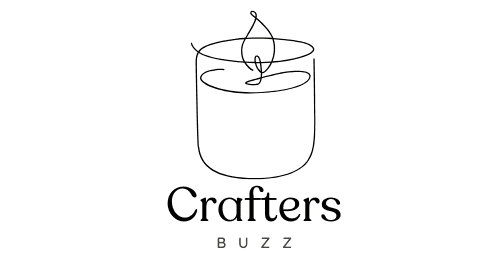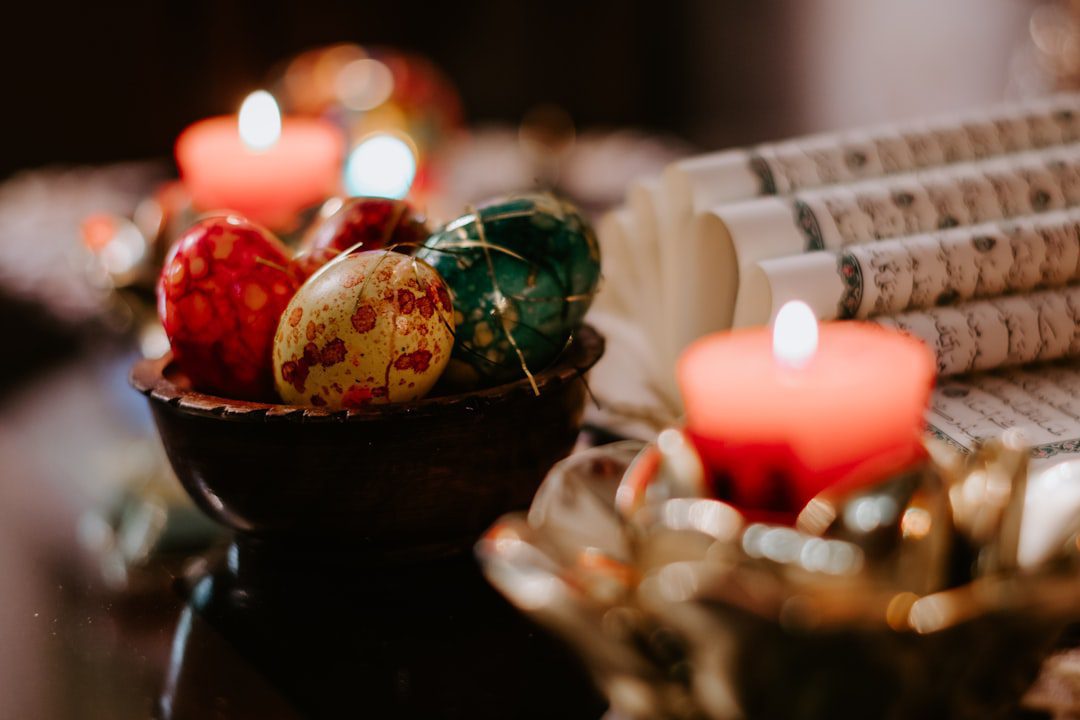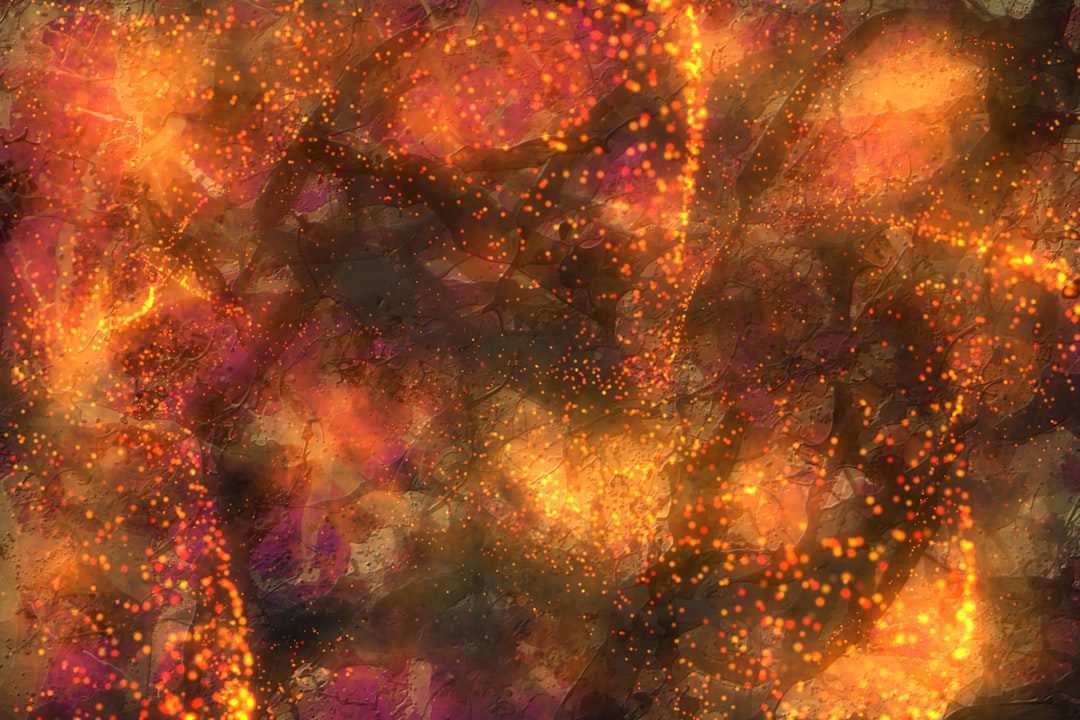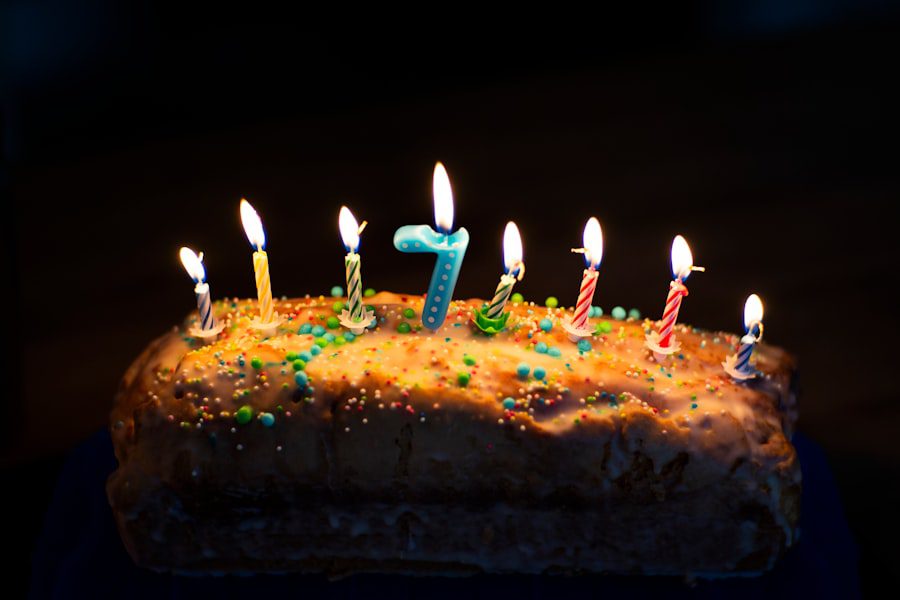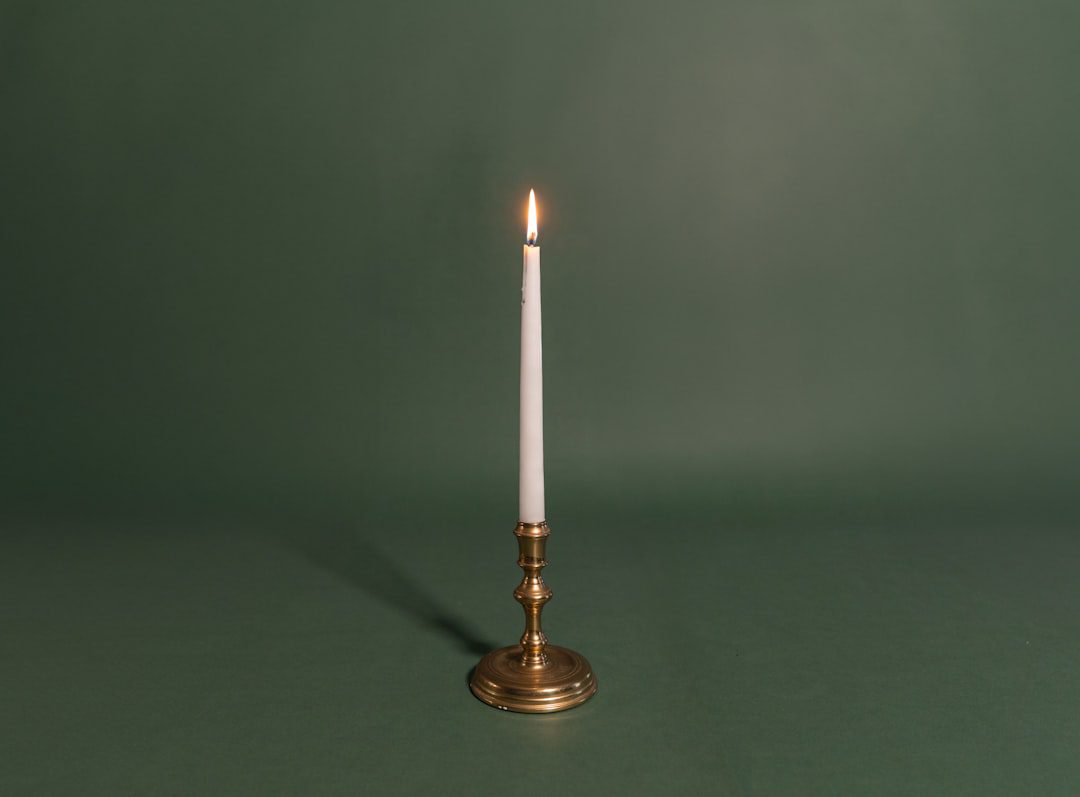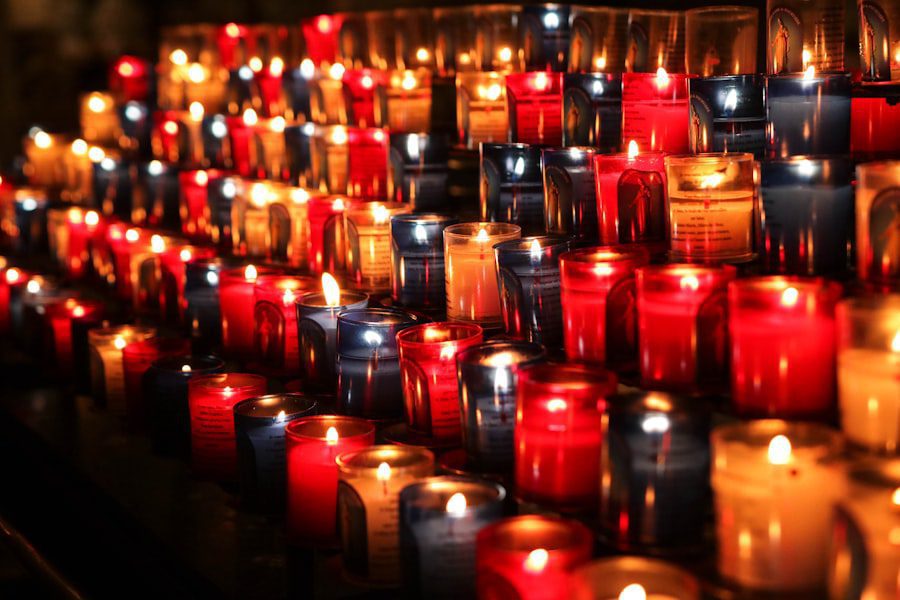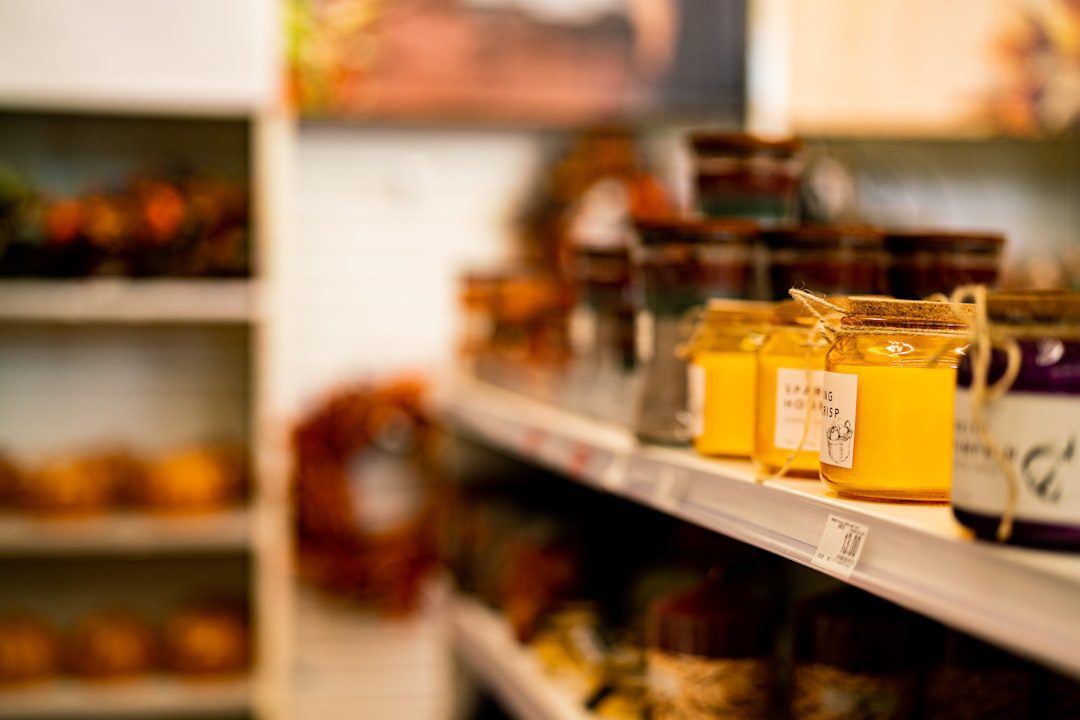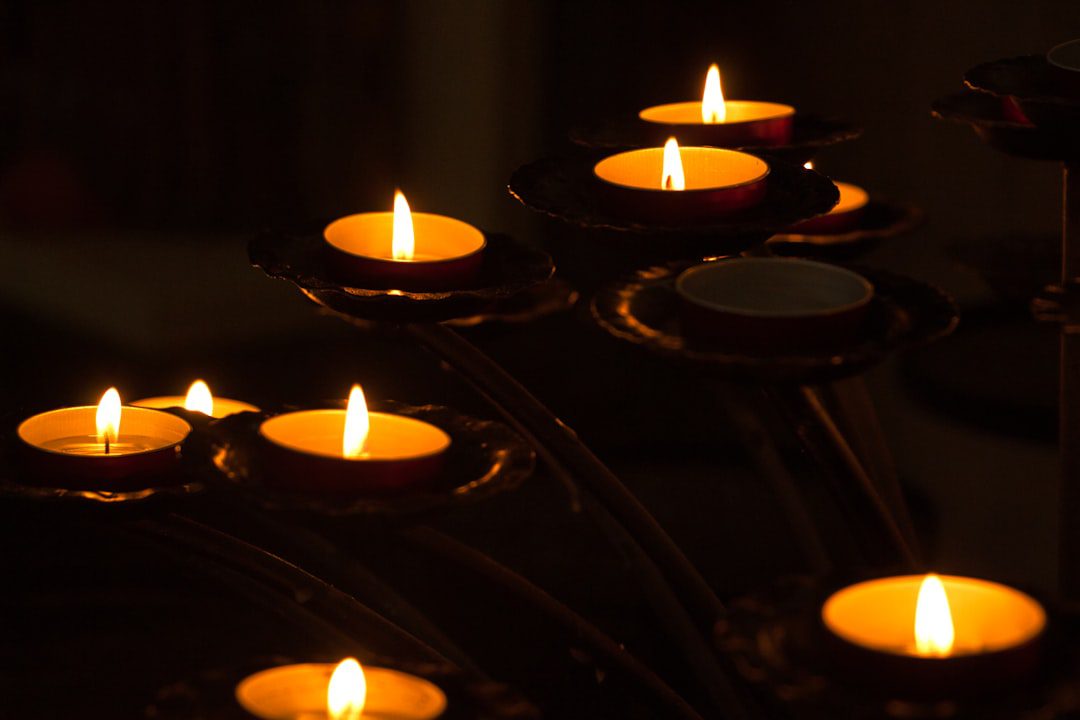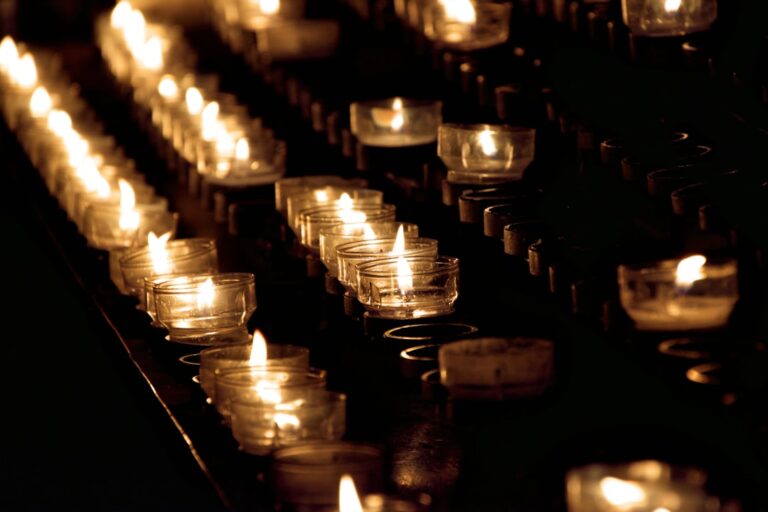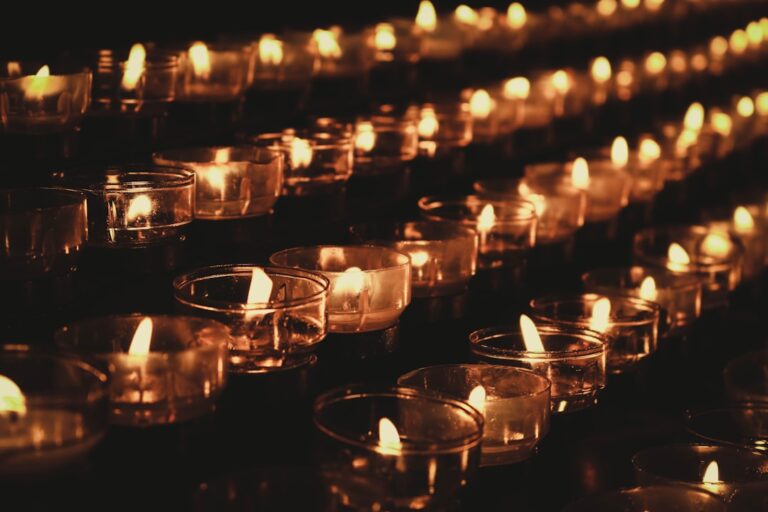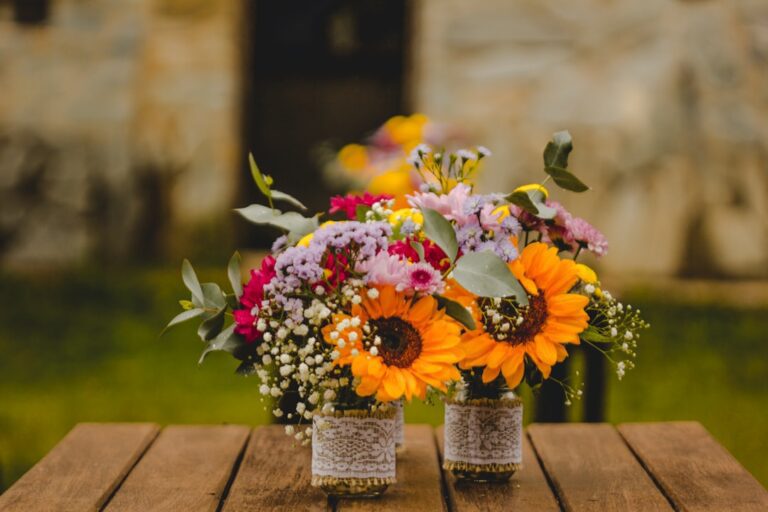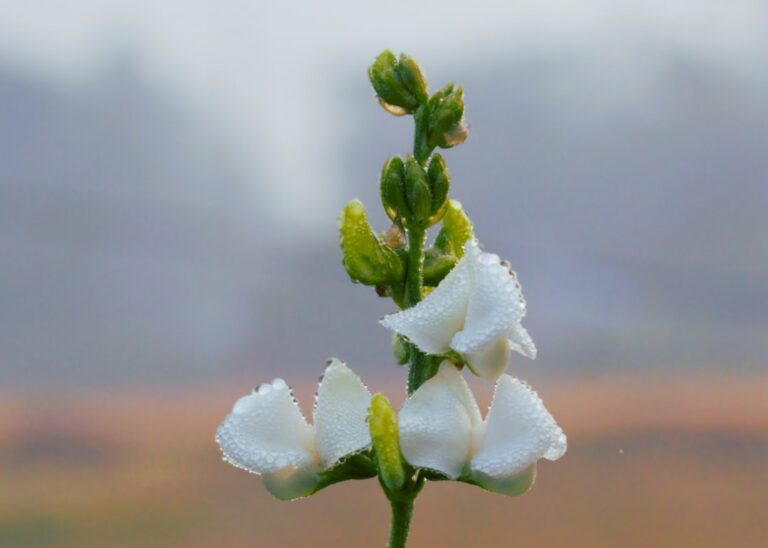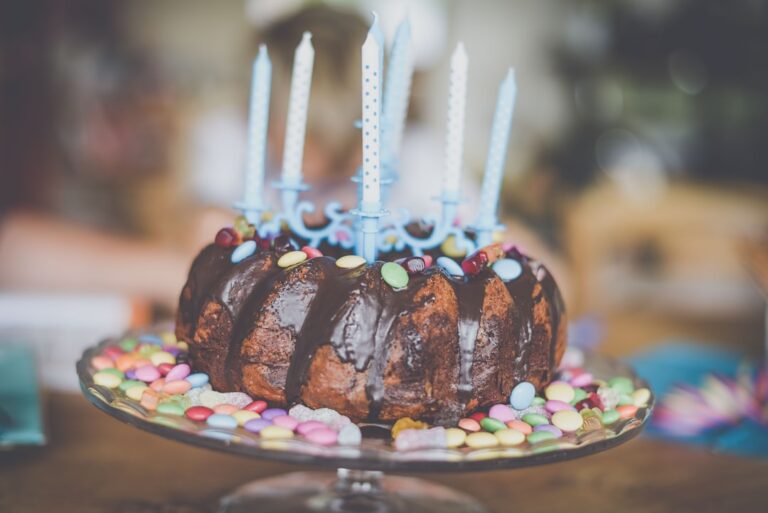Choosing candle colors for themed events such as weddings and holidays.
Color is a powerful tool that influences human emotions, behaviors, and perceptions. The psychology of color delves into how different hues can evoke specific feelings and reactions. For instance, red is often associated with passion and energy, while blue tends to evoke calmness and tranquility.
This phenomenon is not merely anecdotal; numerous studies have shown that colors can significantly affect mood and decision-making processes. In marketing, for example, brands carefully select colors to elicit desired responses from consumers, demonstrating the profound impact color can have on our subconscious. In the context of events and celebrations, understanding the psychology of color becomes essential.
When planning an event, the colors chosen can set the tone and influence the overall experience for attendees. For weddings, colors can symbolize love, purity, or even new beginnings, while holiday gatherings may evoke feelings of warmth and nostalgia. By harnessing the emotional power of color, event planners can create environments that resonate deeply with participants, enhancing their overall experience and connection to the occasion.
Key Takeaways
- Different colors can evoke different emotions and moods, so understanding the psychology of color is important when choosing candles for events.
- When choosing candle colors for weddings, consider the theme, venue, and overall color scheme to create a cohesive and beautiful look.
- Selecting candle colors for holidays can help set the festive mood and enhance the overall decor of the event.
- Coordinating candle colors with event themes can help create a cohesive and visually appealing atmosphere.
- Incorporating seasonal colors into your candle selection can help bring the spirit of the season into your event decor.
- Using candle colors to create ambiance and atmosphere can greatly enhance the overall experience for guests.
- Customizing candle colors for specific cultural or religious events can help honor traditions and create a meaningful atmosphere.
- Tips for mixing and matching candle colors for a cohesive look include considering complementary colors, varying shades, and using color palettes for inspiration.
Choosing candle colors for weddings
Candle Colors and Seasonality
Soft pastel shades such as blush pink or lavender can evoke a sense of romance and elegance, making them popular choices for spring and summer weddings. In contrast, deeper hues like burgundy or navy can add a touch of sophistication and warmth during fall or winter ceremonies.
The Symbolism of Colors
The symbolism behind certain colors can also guide couples in their selection process. White candles are often associated with purity and new beginnings, making them a classic choice for weddings. Additionally, couples may opt for colors that hold personal significance or represent their cultural backgrounds. For instance, gold candles can symbolize wealth and prosperity, while green may represent growth and harmony.
Personalizing Your Wedding with Candle Colors
By thoughtfully selecting candle colors that resonate with their values and emotions, couples can enhance the overall aesthetic of their wedding while also infusing it with personal meaning. By choosing colors that reflect their personality, theme, or cultural background, couples can create a unique and memorable atmosphere that truly represents their special day.
Selecting candle colors for holidays
Holidays are a time for celebration, reflection, and connection with loved ones. The colors chosen for candles during these occasions can significantly enhance the festive spirit. For instance, during Christmas, traditional colors like red and green are prevalent, symbolizing joy and renewal.
Gold and silver accents can add a touch of elegance and luxury to holiday decor, creating a warm and inviting atmosphere for gatherings. Similarly, during Halloween, darker shades such as black and orange dominate the scene. These colors evoke feelings of mystery and excitement, perfectly aligning with the playful yet spooky nature of the holiday.
In contrast, pastel colors are often favored during Easter celebrations, representing rebirth and new life. By selecting candle colors that align with holiday themes and traditions, individuals can create a cohesive look that enhances the overall ambiance of their celebrations.
How to coordinate candle colors with event themes
Coordinating candle colors with event themes requires a thoughtful approach that considers both aesthetics and emotional resonance. For instance, a beach-themed wedding might incorporate soft blues and sandy beiges to reflect the natural surroundings. These colors not only complement the theme but also evoke feelings of serenity and relaxation associated with coastal environments.
In corporate events or formal gatherings, choosing candle colors that align with the brand’s identity can reinforce messaging and create a cohesive atmosphere. For example, a tech company might opt for sleek silver or blue candles to convey innovation and professionalism. By aligning candle colors with event themes, planners can create a unified visual narrative that enhances the overall experience for attendees.
Incorporating seasonal colors into your candle selection
Seasonal colors play a crucial role in setting the mood for events throughout the year. Each season brings its own palette of colors that can be beautifully reflected in candle selections. In spring, soft pastels like mint green, peach, and lavender evoke feelings of renewal and growth.
These colors are perfect for outdoor gatherings or garden parties where nature is in full bloom. Summer calls for vibrant hues such as bright yellows, coral, and turquoise that capture the essence of sunshine and warmth. These lively colors can energize any gathering, making them ideal for barbecues or beach parties.
As autumn arrives, rich jewel tones like deep reds, burnt oranges, and earthy browns become prominent. These colors not only reflect the changing leaves but also create a cozy atmosphere perfect for harvest celebrations or Thanksgiving dinners. Winter brings forth cooler tones like icy blues and silvers alongside warm golds and reds that evoke feelings of warmth during the holiday season.
By incorporating seasonal colors into candle selections, hosts can create an inviting ambiance that resonates with the time of year.
Using candle colors to create ambiance and atmosphere
The ambiance of an event is often dictated by its lighting and color scheme. Candles serve as both functional lighting sources and decorative elements that contribute to the overall atmosphere. The color of candles can significantly influence how a space feels; warm tones like amber or soft yellow create an inviting glow that encourages relaxation and intimacy.
This makes them ideal for romantic dinners or cozy gatherings. Conversely, cooler tones such as blue or green can evoke feelings of calmness and tranquility. These colors are often used in spa settings or wellness retreats where relaxation is paramount.
Additionally, using colored candles strategically throughout a space can help delineate areas or create focal points. For example, placing vibrant red candles on dining tables during a festive gathering can draw attention to the meal while simultaneously enhancing the celebratory atmosphere.
Customizing candle colors for specific cultural or religious events
Cultural and religious events often come with their own set of traditions and symbolism associated with color. Understanding these nuances is essential when selecting candle colors for such occasions. For instance, in many Western cultures, white candles are commonly used during weddings to symbolize purity and new beginnings.
In contrast, during Diwali—a significant Hindu festival—brightly colored candles known as diyas are lit to symbolize the victory of light over darkness. Similarly, during Ramadan in Islamic culture, green is often associated with peace and prosperity; thus, incorporating green candles into Iftar gatherings can enhance the spiritual significance of the event. By customizing candle colors to align with cultural or religious meanings, hosts can honor traditions while creating an atmosphere that resonates deeply with participants.
Tips for mixing and matching candle colors for a cohesive look
Creating a cohesive look when mixing and matching candle colors involves understanding color theory and how different hues interact with one another. One effective approach is to use a monochromatic scheme where varying shades of a single color are combined to create depth while maintaining harmony. For example, using different shades of blue—from deep navy to soft sky blue—can create an elegant yet cohesive display.
Alternatively, complementary color schemes—where opposite colors on the color wheel are paired—can create striking contrasts that draw attention without overwhelming the senses. For instance, pairing orange candles with blue accents can create a vibrant yet balanced look suitable for festive occasions. Additionally, incorporating neutral tones such as white or beige can help ground more vibrant colors while providing visual relief.
When arranging candles in various heights or sizes alongside different colors, consider using varying textures as well—such as glass holders or rustic wooden bases—to add dimension to your display. This approach not only enhances visual interest but also allows for greater flexibility in design choices while ensuring that all elements work together harmoniously to create an inviting atmosphere.
When planning themed events such as weddings and holidays, choosing the right candle colors can make a significant impact on the overall ambiance. To complement this decision, it is essential to also consider the cleanliness and maintenance of candle holders. An article on how to clean brass candle holders provides valuable tips and techniques to ensure that your candle display remains pristine and elegant. Additionally, understanding the historical significance of candles during wartime can add a deeper layer of meaning to your event. Explore the article on candlepower in conflict: candles in wartime to learn more about the role of candles in history. Lastly, consider the impact of electric lighting on the decline or resurgence of candle use by reading the article on electric lighting’s effect on candle use: decline or renaissance. These resources can help you make informed decisions when incorporating candles into your themed events.
FAQs
What are some popular candle colors for weddings?
Some popular candle colors for weddings include white, ivory, blush, and pastel shades such as light pink, lavender, and mint green. These colors are often chosen to complement the wedding theme and decor.
What are some popular candle colors for holidays?
Popular candle colors for holidays vary depending on the specific holiday. For example, red and green are popular for Christmas, while orange and black are popular for Halloween. Other popular holiday candle colors include pastel shades for Easter and patriotic colors for Independence Day.
How do I choose candle colors for a themed event?
When choosing candle colors for a themed event, consider the overall color scheme and theme of the event. Select colors that complement the decor and enhance the ambiance. It’s also important to consider the emotions and atmosphere you want to create with the candle colors.
Can I mix and match candle colors for a themed event?
Yes, mixing and matching candle colors can add visual interest and depth to the decor of a themed event. However, it’s important to ensure that the colors complement each other and fit within the overall theme and color scheme of the event.
Are there any cultural or symbolic meanings associated with specific candle colors?
Yes, in some cultures and traditions, specific candle colors may hold symbolic meanings. For example, white candles are often associated with purity and spirituality, while red candles may symbolize love and passion. It’s important to consider any cultural or symbolic meanings when choosing candle colors for a themed event.
